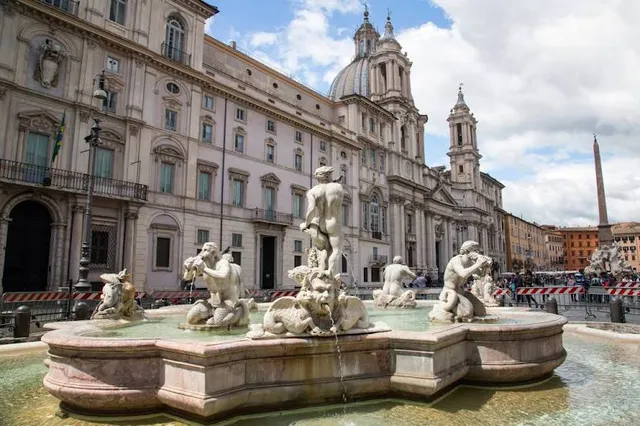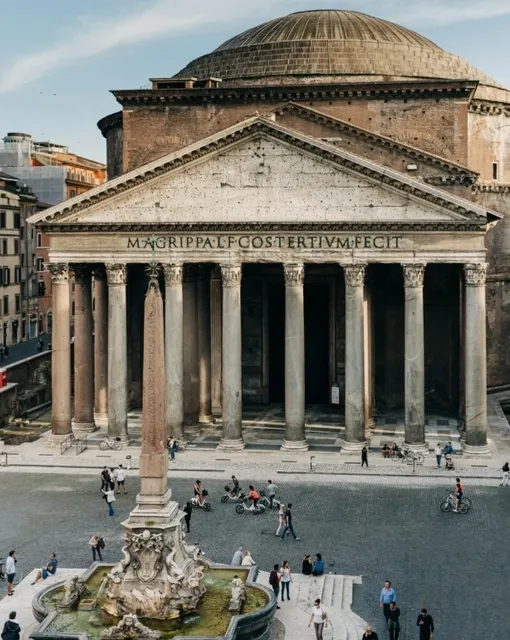Fiumi Fountain things to do, attractions, restaurants, events info and trip planning
Basic Info
Fiumi Fountain
Fontana dei Quattro Fiumi, Piazza Navona, 90, 00186 Roma RM, Italy
4.8(5.6K)
Open 24 hours
Save
spot
spot
Ratings & Description
Info
Fontana dei Quattro Fiumi is a fountain in the Piazza Navona in Rome, Italy. It was designed in 1651 by Gian Lorenzo Bernini for Pope Innocent X whose family palace, the Palazzo Pamphili, faced onto the piazza as did the church of Sant'Agnese in Agone of which Innocent was the sponsor.
Cultural
Accessibility
attractions: Piazza Navona, Pantheon, Sant'Agnese in Agone, Church of St. Louis of the French, Chiostro del Bramante, Museo di Roma - Palazzo Braschi, Fountain of the Moro, Stadium of Domitian, Campo de' Fiori, Chiesa di Santa Maria della Pace, restaurants: Camillo a Piazza Navona, Osteria da Fortunata - Rinascimento, Cantina e Cucina, Ponte e Parione - Ristorante Piazza Navona, La Nuova Piazzetta Navona, Ai Tre Tartufi, InRome Cooking Classes, Saltimbocca ristorante, Mimì e Cocò, Tucci
 Learn more insights from Wanderboat AI.
Learn more insights from Wanderboat AI.Phone
+39 06 0608
Plan your stay

Pet-friendly Hotels in Rome
Find a cozy hotel nearby and make it a full experience.

Affordable Hotels in Rome
Find a cozy hotel nearby and make it a full experience.

The Coolest Hotels You Haven't Heard Of (Yet)
Find a cozy hotel nearby and make it a full experience.

Trending Stays Worth the Hype in Rome
Find a cozy hotel nearby and make it a full experience.
Reviews
Nearby attractions of Fiumi Fountain
Piazza Navona
Pantheon
Sant'Agnese in Agone
Church of St. Louis of the French
Chiostro del Bramante
Museo di Roma - Palazzo Braschi
Fountain of the Moro
Stadium of Domitian
Campo de' Fiori
Chiesa di Santa Maria della Pace

Piazza Navona
4.7
(65.1K)
Open 24 hours
Click for details
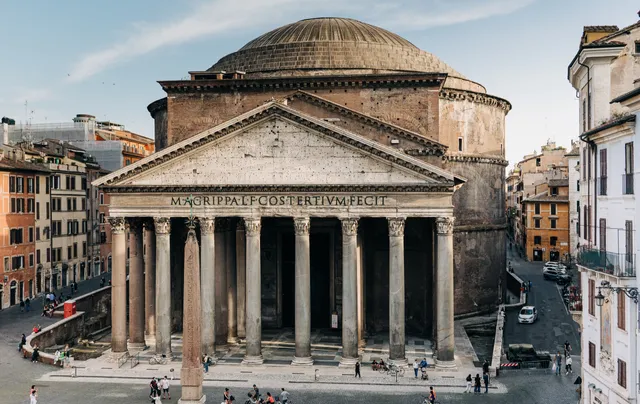
Pantheon
4.8
(81.1K)
Open 24 hours
Click for details
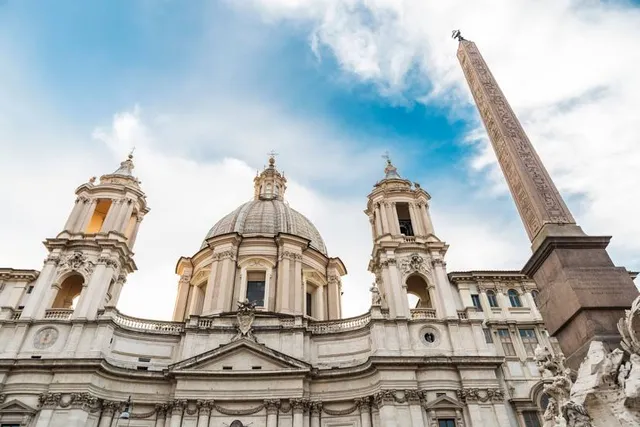
Sant'Agnese in Agone
4.8
(1.0K)
Closed
Click for details
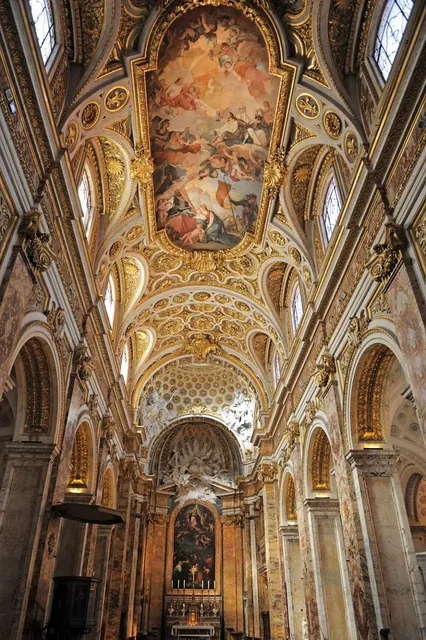
Church of St. Louis of the French
4.7
(3.4K)
Open 24 hours
Click for details
Things to do nearby
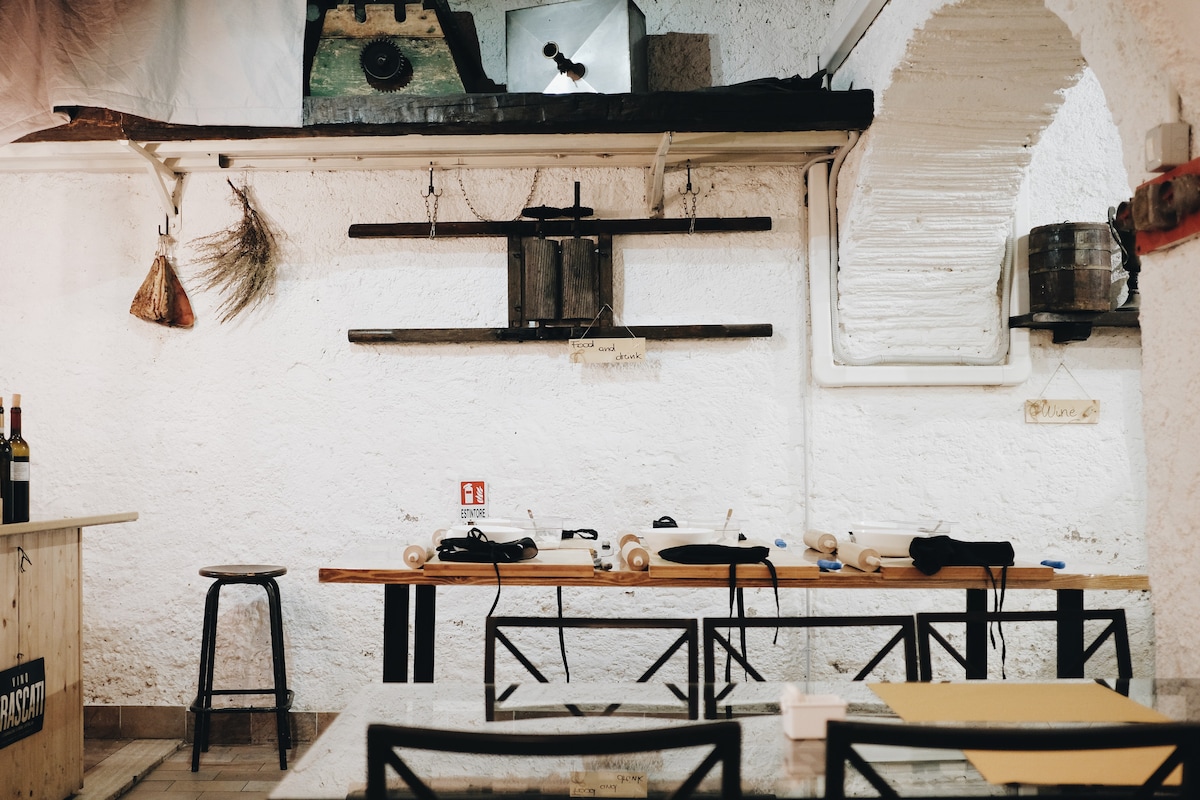
Pasta-making class, wine tasting and dinner
Sat, Dec 27 • 2:30 PM
00044, Frascati, Lazio, Italy
View details
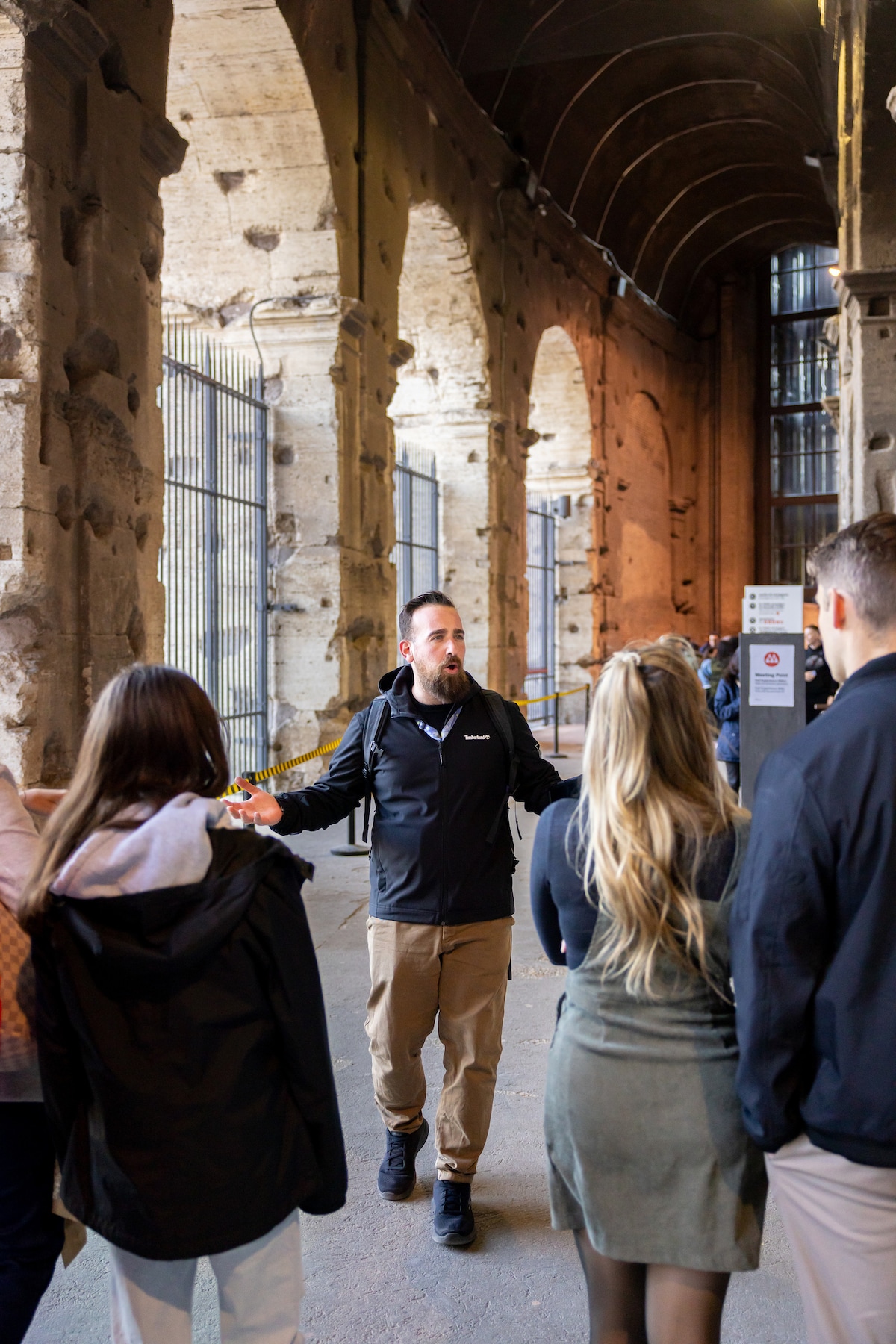
Colosseum of Wonders -Arena Floor Access
Tue, Dec 30 • 10:30 AM
00184, Rome, Lazio, Italy
View details

Pasta and Pizza cooking class with wine and more
Sat, Dec 27 • 5:45 PM
00142, Rome, Lazio, Italy
View details
Nearby restaurants of Fiumi Fountain
Camillo a Piazza Navona
Osteria da Fortunata - Rinascimento
Cantina e Cucina
Ponte e Parione - Ristorante Piazza Navona
La Nuova Piazzetta Navona
Ai Tre Tartufi
InRome Cooking Classes
Saltimbocca ristorante
Mimì e Cocò
Tucci
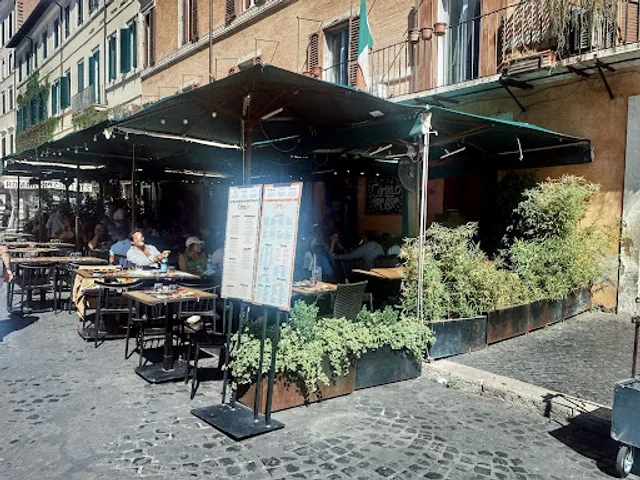
Camillo a Piazza Navona
4.7
(3.2K)
Click for details
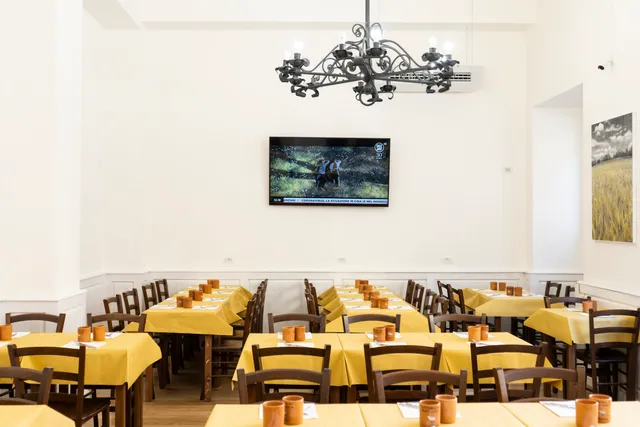
Osteria da Fortunata - Rinascimento
4.6
(6.8K)
Click for details
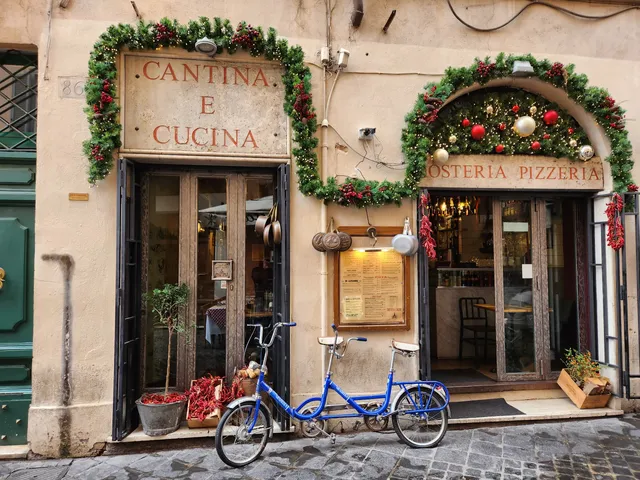
Cantina e Cucina
4.6
(6.5K)
Click for details
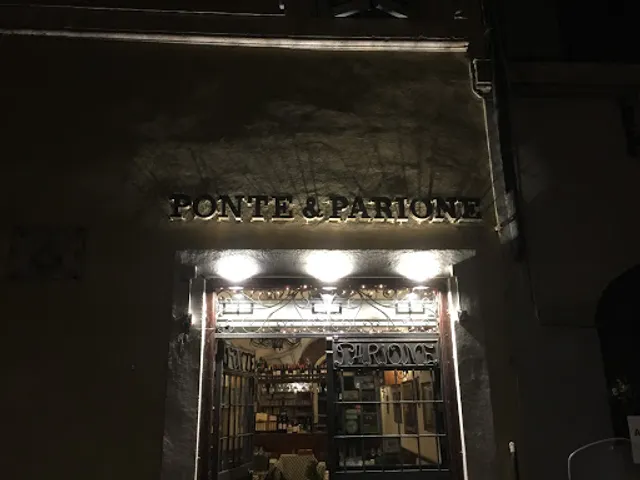
Ponte e Parione - Ristorante Piazza Navona
4.7
(2.1K)
$$
Closed
Click for details
The hit list

Plan your trip with Wanderboat
Welcome to Wanderboat AI, your AI search for local Eats and Fun, designed to help you explore your city and the world with ease.
Powered by Wanderboat AI trip planner.
